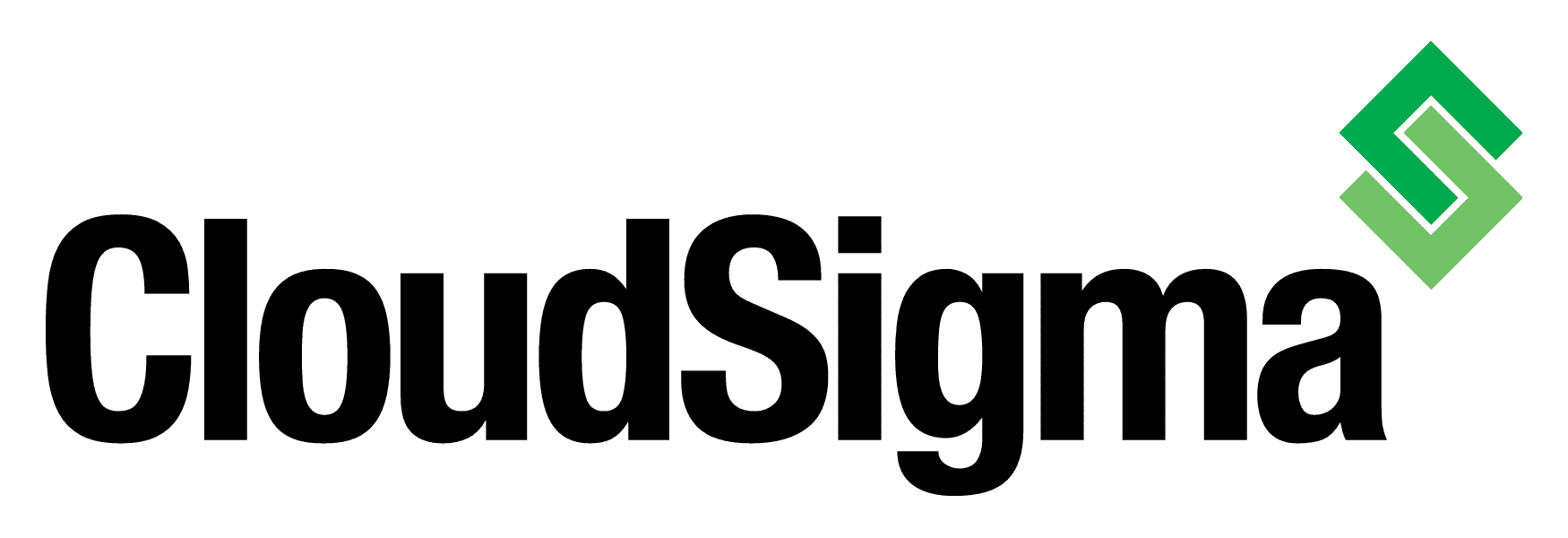Platform-as-a-service (PaaS) offerings can be a powerful solution to the problem of scarce resources. By removing the complexity of managing underlying infrastructure and development environments, they make it possible to write, test and deploy new applications fast and efficiently. Since speed to market is now a key competitive differentiator, PaaS is a choice that can deliver a market advantage.
The Shock of Unexpected Costs
But beware of the hidden traps. The billing practices of the major cloud vendors that dominate the PaaS market often lack transparency, and rapidly escalating costs have taken many customers by surprise. I’ve spoken to companies that have seen their cloud bills double, and double again, escalating by up to 500%—but when they tried to move, they discovered that the SQL server database their application was built on was proprietary to the cloud vendor.
An organization in this position faces a nasty choice between two expensive options: absorb the extra cost, or re-architect their entire code base. Choosing to re-architect often requires a large investment in scarce skills and time—and during the time it’s happening, progress on the app development roadmap stalls.
Could your company survive a six-month innovation hiatus on top of a large and unexpected expense? Many can’t, and so they’re stuck with their high-cost platform.
Platform Choice is a Strategic Choice
Being locked into a high cost base might be survivable for companies in a high-growth sector, but it will certainly impact profitability—and for those who must watch their costs and margins, it can be devastating.
Nobody ever plans to find themselves stuck like this, of course, but it happens all too easily—and too often. In the rush to get code written, development teams make technical decisions that seem trivial—we can always port it later, right? —but end up having serious strategic consequences. And given the low average tenancy of software development jobs, the person or team who made the decision may not even be around to see those consequences.
And yet the reasons to choose PaaS are still compelling: an organization that’s freed from the burden of maintaining base infrastructure can move faster, at lower cost, and get more done. So how does one avoid the pitfalls?
Containerization is one solution—an application built within a Kubernetes or Docker environment is less exposed to platform vendors—but it does re-introduce some complexity and undermine the advantages of offloading infrastructure management in the first place.
Another option is to ask much harder questions about cloud-native architecture:
- What are the long-term costs and benefits of this platform?
- Is this database proprietary?
- What is the supportability of this choice?
- What skills will we need and how widely available are they?
Sometimes there’s a trade-off to be made between infrastructure or platform costs and skills costs: the more specialized and complex your environment, the smaller the available skills base is likely to be.
The last option, and the one we’re betting on at CloudSigma, is to choose vendor-neutral PaaS that puts the customer in control of their own platform, without reintroducing expensive complexity. That means all the advantages of complex features like automated deployment and scaling, freedom from managing patches and upgrades, and the ability to deploy your code anywhere you choose—while also keeping the billing model transparent and predictable.
So, if you’re looking for a language-agnostic PaaS solution that gives you the option to deploy your apps anywhere with zero code change while supporting all the most popular stacks in the market today—please talk to us at CloudSigma.
- Is PaaS Platform Lock-In a Hidden Threat to Your Business? - December 20, 2021
- Are We Stealing from You? Understanding CPU Steal Time in the Cloud - November 17, 2016
- Our CEO Discusses Hybrid Cloud - October 19, 2016
- Share Cloud Infrastructure Securely - August 10, 2016
- Win a OnePlus2 Phone - October 25, 2015



